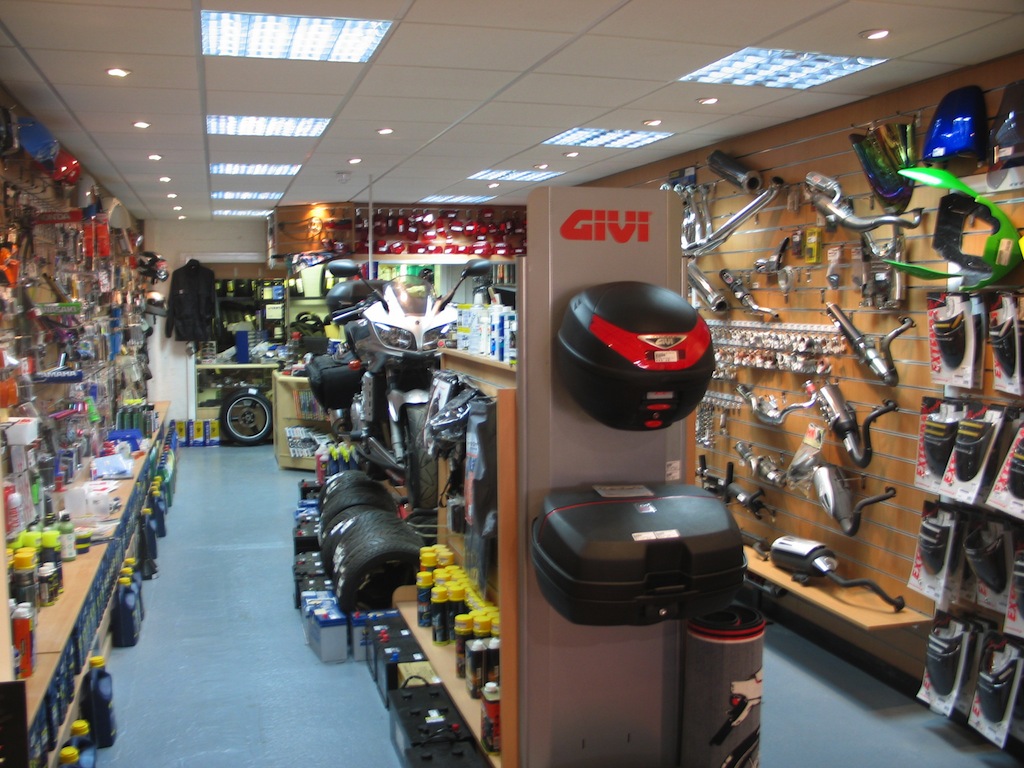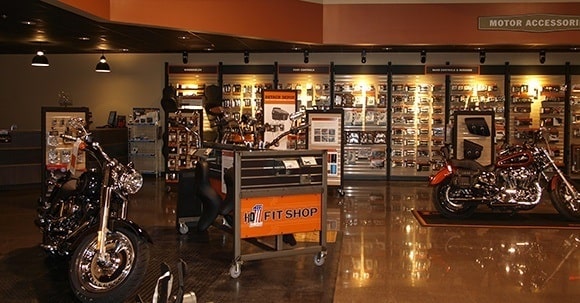Unleash Efficiency with Costs Motox Parts NZ Available Right Here
Unleash Efficiency with Costs Motox Parts NZ Available Right Here
Blog Article
Grasping Motorcycle Gears: Just How to Optimize Your Riding Experience
In the world of motorcycling, grasping the art of gear manipulation is essential for improving your riding efficiency. Appropriately utilizing and understanding bike gears can considerably impact gas, velocity, and control efficiency, transforming a typical adventure right into a seamless, exciting journey.
Comprehending Equipment Mechanics
Exactly how do the details of gear technicians affect motorbike efficiency? At the core of bike dynamics, equipment technicians play a pivotal function in converting engine power into movement, ultimately determining rate and control. Gears, diligently crafted components, allow riders to maximize torque and speed, making sure a seamless change via various terrains and rates. The equipment ratios, meticulously developed, identify the connection between engine transformations and wheel turns, impacting acceleration and fuel performance.
Comprehending equipment auto mechanics begins with identifying the relevance of the gearbox, which houses multiple equipments of varying sizes. These gears engage through a process recognized as meshing, where teeth of different equipments involve to transmit power.
Additionally, the idea of gear shifting is important to taking full advantage of performance. Smooth and timely changes ensure that the engine operates within its ideal power band, protecting against unnecessary stress and improving long life (motocross gear nz). By comprehending these mechanical details, bikers can attain a harmonious blend of efficiency, control, and power, elevating their riding experience
Timing Your Shifts
Change timing proficiency is important for optimizing motorcycle performance and boosting the riding experience. Correctly timed shifts make sure that the engine operates within its optimal power band, which is crucial for preserving control, achieving smooth acceleration, and ensuring the durability of the motorbike. Motorcyclists must develop an instinctive feeling of when to change equipments, which involves recognizing the relationship between engine transformations per minute (RPM) and speed.
To grasp change timing, pay very close attention to the engine's noise and really feel, as these provide important hints about when to change equipments. When the engine comes close to the upper range of its power band without reaching the redline, the ideal change point usually occurs - motorbike shop. Shifting prematurely can result in a lack of power, while changing too late might trigger unneeded engine stress
Additionally, road problems and riding design influence change timing. For example, in urban settings, smoother and a lot more frequent changes may be necessary to navigate traffic successfully. In contrast, during freeway riding, fewer shifts at greater speeds can be better suited. Exercising in different atmospheres will certainly enhance your capacity to time shifts precisely, inevitably elevating your riding experience to a professional level.
Enhancing Fuel Efficiency
While grasping motorbike gears is critical for performance, boosting gas efficiency is equally important for both ecological and economic factors. Optimal fuel consumption not just minimizes functional prices but also minimizes the ecological footprint of riding. To attain this, one should comprehend the intricate partnership between equipment selection and engine efficiency.
Riding in a higher gear at lower speeds can lead to engine lugging, which is destructive to both gas economic situation and engine health. Conversely, riding in reduced equipments at high speeds results in unnecessary gas usage.
Additionally, normal upkeep plays an essential function in fuel efficiency. Making sure that the bike is well-tuned, with clean air filters and correctly pumped up tires, can decrease and enhance aerodynamics gas wastage. Furthermore, embracing a riding style that embraces progressive velocity and smooth from this source slowdown can contribute to much better gas economic situation.

Methods for Smooth Transitions
Accomplishing smooth equipment transitions is fundamental to improving the riding experience and making certain the long life of a motorbike's transmission system. Appropriate gear moving not just adds to a smooth ride yet likewise reduces damage on the mechanical components. To understand the art of smooth changes, cyclists should concentrate on a couple of key strategies.

Second of all, clutch control plays a critical duty. Involving and disengaging the clutch efficiently needs method. The clutch lever must be launched progressively, permitting a smooth transfer of power from the engine to the wheels without triggering a shock or abrupt activity.

Adjusting to Roadway Conditions
Navigating diverse road conditions is a crucial skill for any motorcyclist intending to preserve control and safety and security. Whether you're riding on wet surface areas, gravel roadways, or navigating doglegs, your capability to adjust your gear usage and riding method is paramount. Recognizing just how to readjust your gears properly can substantially affect traction and security, guaranteeing a much safer journey.
On damp roadways, it is advisable to maintain higher gears to minimize torque and minimize wheel spin. This technique aids preserve hold on unsafe surfaces, permitting smoother acceleration and deceleration. On the other hand, when riding on gravel or irregular terrain, lower gears are preferable. Reduced gears supply better control and permit you to respond more quickly to unanticipated adjustments in the roadway surface area.
Sharp curves require exact equipment monitoring to stabilize speed and control. Downshifting before getting in a contour can help maintain momentum while guaranteeing the motorcycle stays stable throughout the turn. Consistent practice in diverse problems boosts your capability to respond and forecast to changes in road structure and slope.
Final Thought
Mastering adventure motorcycle tires bike equipments significantly enhances the Website riding experience by boosting gas, control, and velocity effectiveness. Adjusting equipment selection to different roadway problems, such as making use of higher equipments on wet surfaces and lower equipments on gravel, more boosts handling and security.
Recognizing gear mechanics starts with recognizing the importance of the transmission, which houses numerous gears of differing sizes. These gears communicate with a process understood as meshing, where teeth of various equipments involve to transfer power (mx gear nz). Mild changes to the throttle during equipment shifts can protect against jerky activities and maintain a constant riding speed
Whether you're riding on damp surfaces, crushed rock roads, or browsing sharp turns, your ability to adjust your gear use and riding method is vital. Adjusting equipment selection to numerous roadway conditions, such as utilizing higher equipments on wet surfaces and lower gears on crushed rock, additional enhances handling and safety and security.
Report this page